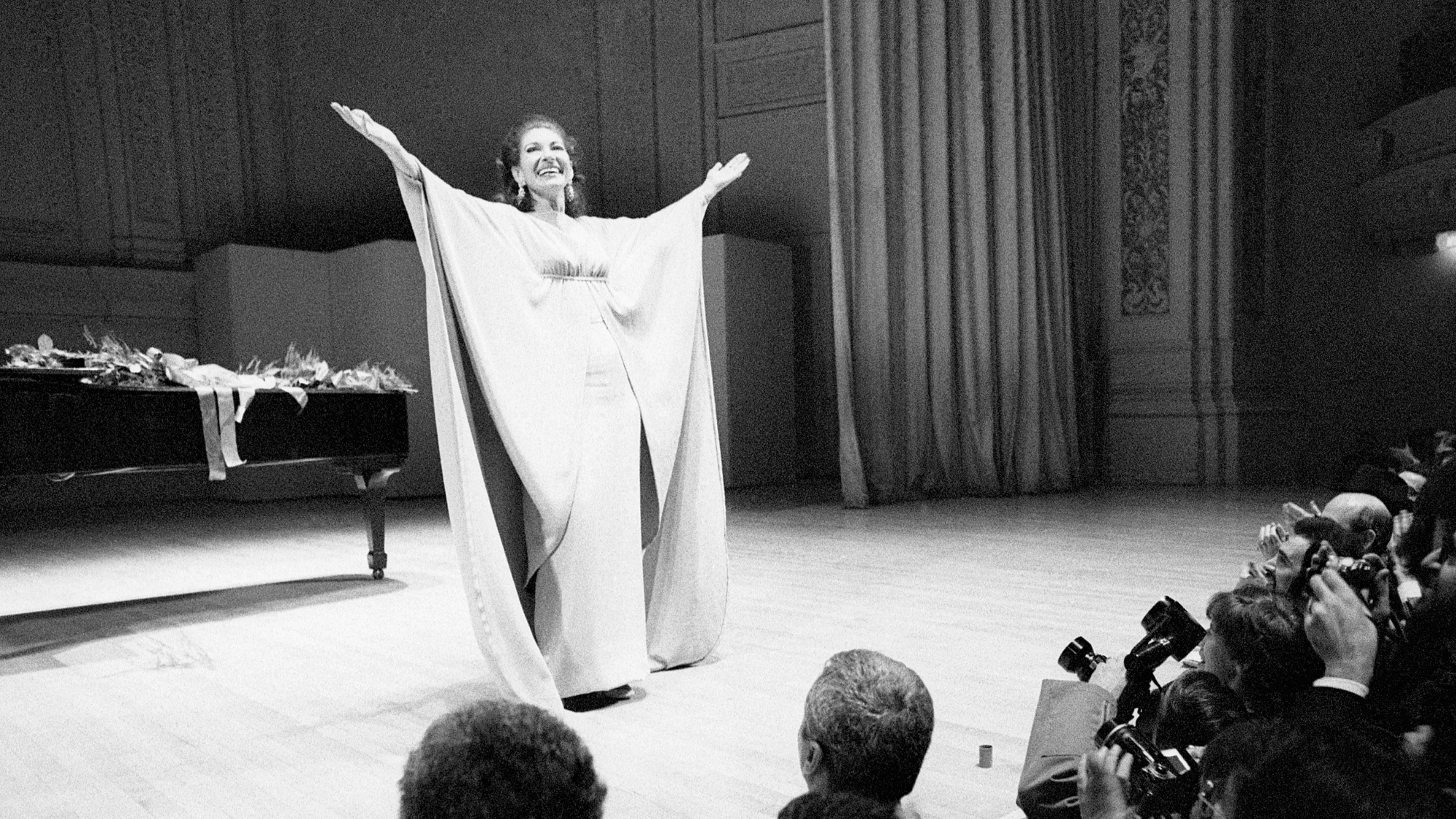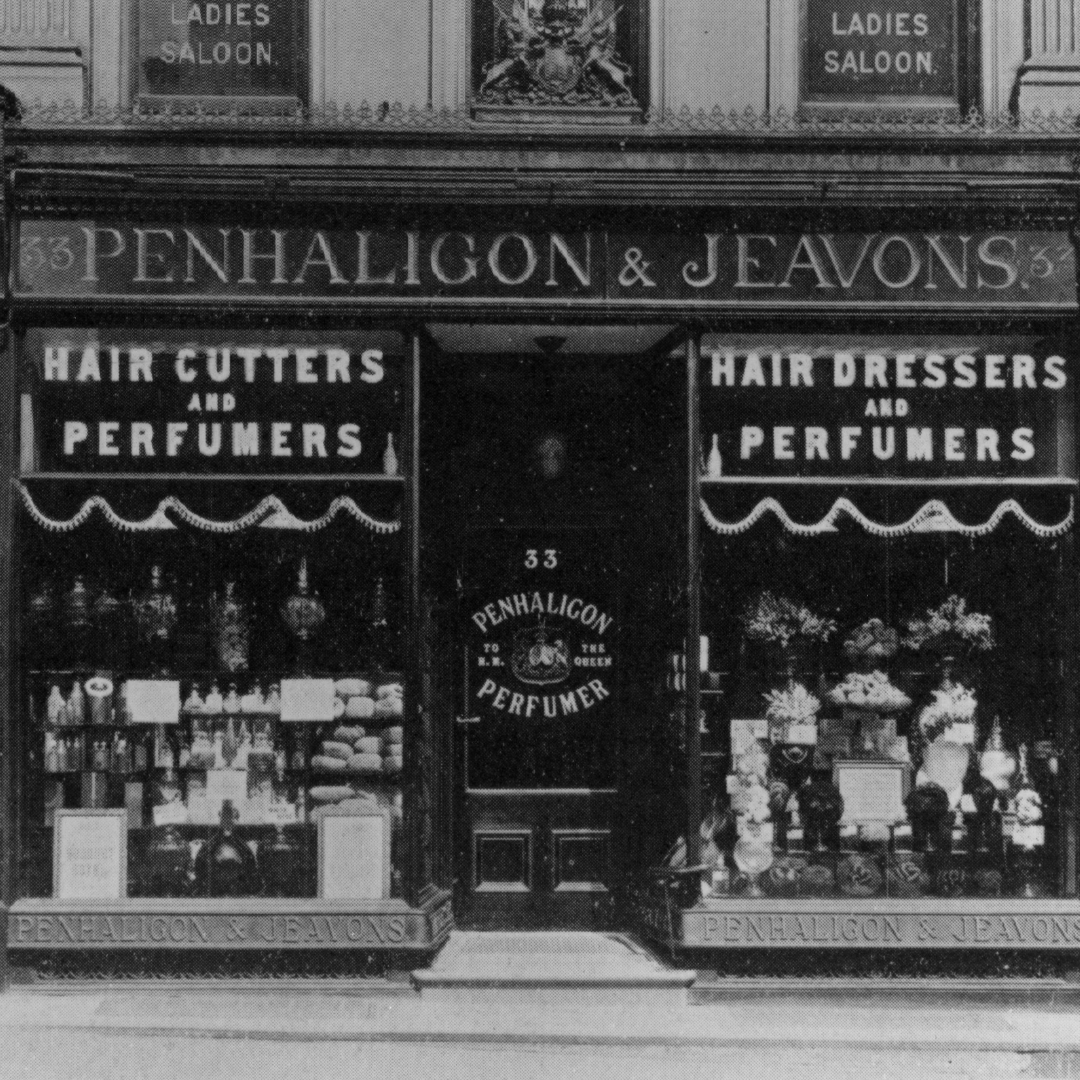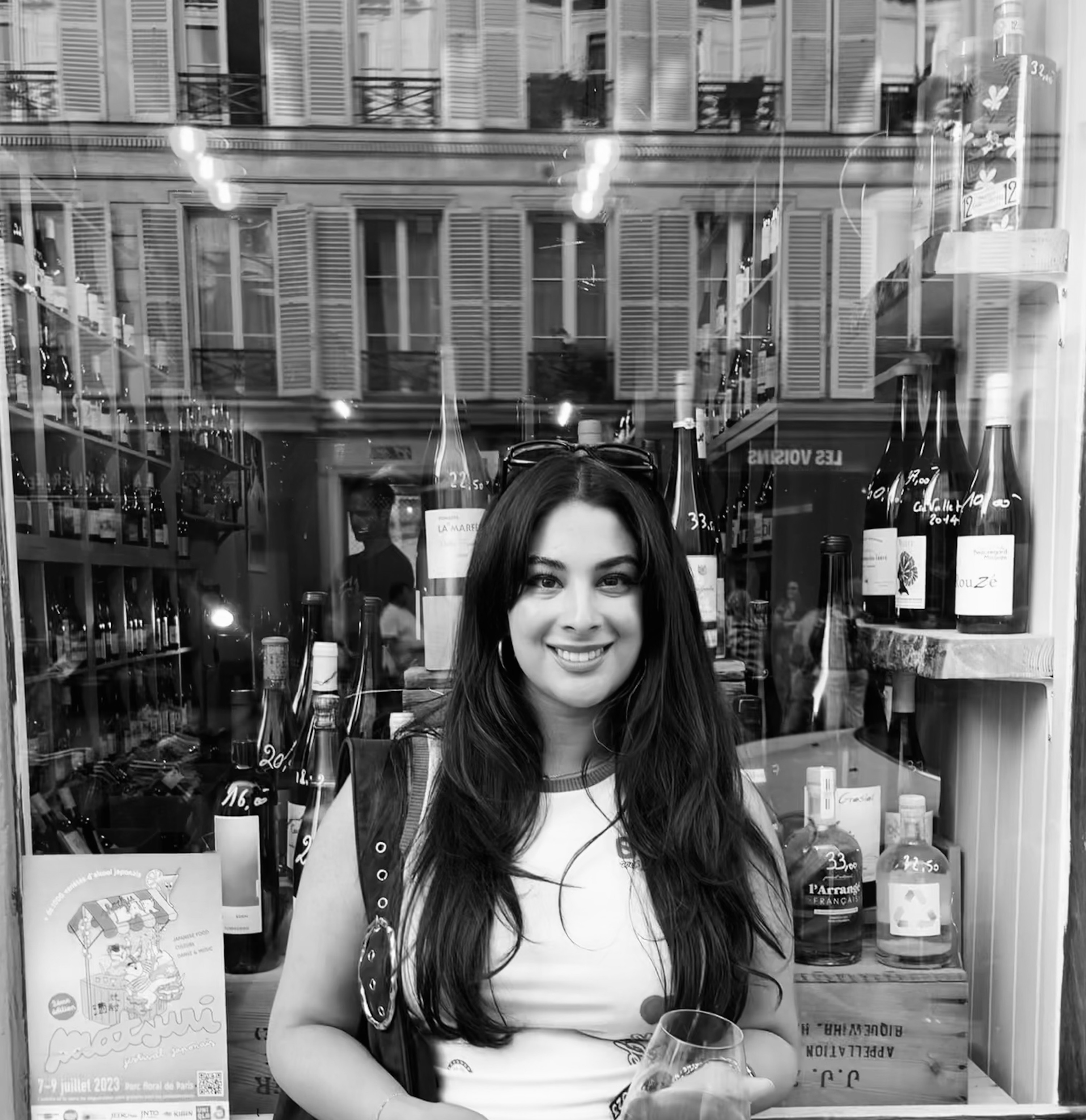This perfume was created in 1872, and I wear it today—it’s musky, sexy and deserves a spot in your collection
It smells nearly identical, 153 years later


Fragrance is woven into the tapestry of all of our lives, whether we like it or not. As such, a single scent has the ability to carry whole worlds and histories inside—some can even operate as a time-capsule to bygone eras; a world, say, under the rule of Queen Victoria, when smog, sooty fog and coal dust swirled around the streets of London.
The year is 1870, and amidst the churn of the city was an oasis on Jermyn Street, a Turkish hammam, where aromatic, steam-like vapours cut through the detritus. These heady smells made their way next door to William Penhaligon—a humble Cornish barber, who had risen to the Royal Court. It was an intoxicating scent; at once herbaceous, with heady notes of lavender, but with a lick of human sweat and warm musk. After he had finished trimming the beards of the elite, like the Shah of Persia, Penhaligon was partial to adding a touch of eau de toilette, and so, the brand's very first perfume, Hammam Bouquet was born in 1872.
While we have some idea of what day-to-day life looked like during this time, it is largely through the guise of physical objects; it's harder to know what it smelt like, or more fascinating to me, what the olfactory sensibilities of the London elite were. Hammam Bouquet provides some answers; it has been worn on the wrists of some of the country's most influential individuals, like the maverick writer Oscar Wilde, and on the handkerchief of the legendary opera singer, Maria Callas.
You can still purchase Hammam Bouquet today at Penhaligon's stores around the world, some 153 years later, and it is astonishing in its modernity. The formula has been tweaked to align with contemporary regulations, restrictions, and to account for higher-quality grade ingredients, Julia Koeppen, General Manager of Penhaligon’s, tells me—but it remains fundamentally the same.
To preface, it is different from the perfumes du jour today. It is bolshy on the nose, with notes of bergamot, and tobacco-y lavender. There's something in it that resembles the musk of old clothing, and yes, it does evoke the tastes of a grandparent, but this is no bad thing. This is a perfume that marches in, makes its presence known, but remains surprisingly wearable. It's most similar to contemporary scents at its core, which is animalistic and skin-like with sandalwood, amber and musk. It's an intoxicating blend, and in my opinion, very sexy.

The Penhaligon's store at 33 St James, London in 1910
Its heaviness reflects the era of its creation, explains Koeppen: “In many ways, fragrance was used to refresh the body in a different way to how we use it today, as we’ve experienced a marked change in bathing styles. Scent was used more in the late 1800s to mask personal odour or refresh the body, and as such was often richer on the dry down.” It's also emblematic of the late Victorian era's preference for perfume notes, she adds. "A key ingredient in perfumery during this time was lavender, which we find in the opening of the perfume—it adds a green and aromatic character, redolent of the steam from the Turkish baths."
There is much lore about Hammam Bouquet, and while we're lacking in details, perhaps the most compelling concerns the legendary American-Greek opera singer, Maria Callas. As documented in the recent film, starring Angelina Jolie, Callas suffered from several health issues, including severe near-sightedness, meaning she struggled to find her spot on stage alone. In 1950, Koeppen elaborates, the singer was performing at London's Royal Opera House, when her eyesight started to fail her. She allegedly doused her silk handkerchiefs with Hammam Bouquet and left them on each side of the stage to help her locate the spotlight; and bravo, she was on.
Celebrity news, beauty, fashion advice, and fascinating features, delivered straight to your inbox!
Hammam Bouquet is Penhaligon's oldest scent but remains one of the brand's best-sellers today, and a personal favourite of mine—it is a piece of wearable history, and a fragrance you can truly luxuriate in. As Koeppen tells me: "It’s very much regarded as a connoisseur’s fragrance. It remains a special and unique option for customers looking for something timeless, nostalgic and unique. As perfumery trends ebb and flow, it has remained a consistent fragrance loved by many discerning customers."
And so, Hammam Bouquet represents the greatest aspiration any one perfume can strive for; to stand the test of time, and also encapsulate not only an era, but the memory of a certain sensibility and way of life. It will always have a place on my fragrance shelf.

Nessa Humayun is the Beauty Editor at Marie Claire UK. With over eight years of editorial experience across lifestyle sectors, Nessa was previously the Editorial Lead of HUNGER Magazine, and has bylines in British Vogue, Dazed, and Cosmopolitan. A self-confessed human guinea pig, Nessa covers everything from product must-haves to long-reads about the industry writ large. Her beauty ethos is all about using products that work hard, so you don't have to.
